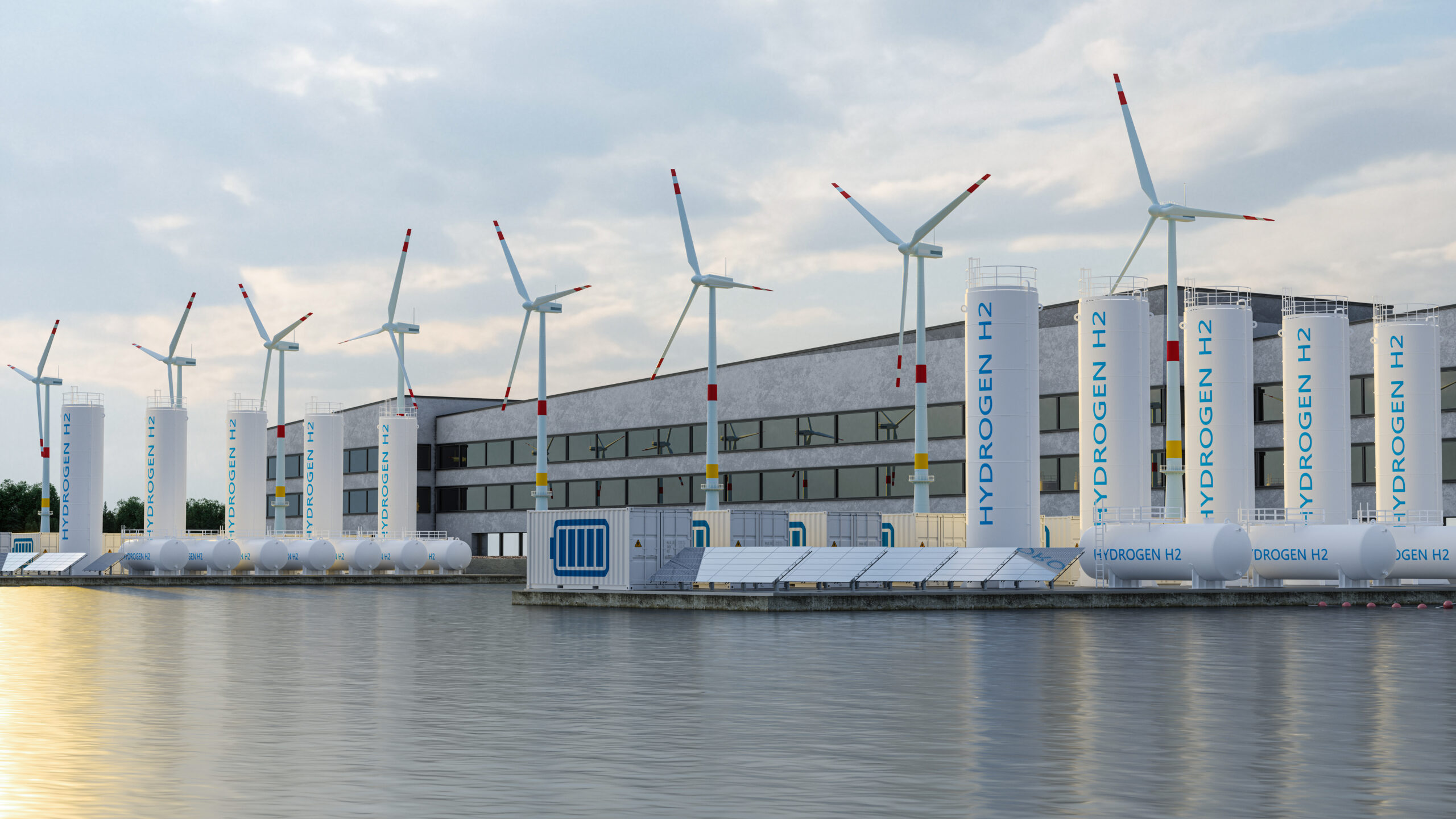As green hydrogen emerges as a critical lever for the decarbonisation of hard-to-abate sectors, project developers must assess markets, develop strategic capabilities and evaluate project economics before investing in such projects.
Export markets: Key geographies
Green hydrogen is gaining prominence as an energy carrier that can be transported in liquefied form, creating new export opportunities. The European Union (EU) and Japan, with their substantial import needs and aggressive production targets, represent attractive markets for hydrogen exporters. For example, the EU aims to produce 20 million tonnes per annum (MTPA) and import 10 MTPA of low-carbon hydrogen by 2030, presenting a significant opportunity for project developers.
Although the US market is promising, it is highly competitive largely because of substantial domestic subsidies provided under the Inflation Reduction Act.
Japan, although a smaller market compared to the EU and the U.S., presents a promising opportunity, supplemented by $20Bn incentives. Successfully navigating these markets will require project developers to identify target geographies and sectors and develop supply capabilities leveraging strategic advantages to effectively address competitive pressures and capitalise on export opportunities.
India markets: Focus sectors
In India, the primary focus for green hydrogen producers should be on high-demand sectors such as fertilisers and refineries, which currently constitute the bulk of the hydrogen demand. The fertiliser sector, which consumes 3.3 MMTPA of hydrogen, is particularly promising due to substantial government subsidies and the ability to absorb green premiums associated with green ammonia. It is notable that SECI is aggregating demand from various fertiliser companies to procure over 700,000 tonnes of green ammonia.
Refineries are also a viable market where green hydrogen production could be integrated through third-party ownership or direct investments by the refineries themselves. In the steel industry, leading companies are developing green hydrogen capabilities in-house or through affiliated firms, potentially limiting opportunities for external green hydrogen project developers. Nevertheless, third-party project developers can explore opportunities through Build-Own-Operate (BOO) models to establish green hydrogen projects with customers from fertiliser, oil refining and steel sectors.
Developing capabilities for producing and supplying green hydrogen
Economic viability: The economic viability of green hydrogen production depends on several key factors, such as the cost of renewable power, electrolyser system cost, and asset utilisation rates. To produce green hydrogen at competitive prices, project developers need to build capabilities that optimise these elements. This can be achieved by deploying renewable power assets in regions with high solar and wind potential, utilising hydropower assets, adopting innovative electrolyser technologies with long life and high efficiency, leveraging available incentives and subsidies, and securing low-cost capital
We found in our analysis that the following parameters influence the economic viability of green hydrogen projects the most, assuming the project developer deploys a captive renewable power asset.
- Renewable Energy (RE) Capex Reduction: Reducing the capital expenditure for renewable energy infrastructure has the most significant impact on financial performance. For example, a 20% reduction in RE capex could result in a substantial increase of 10 percentage points in the project’s internal rate of return (IRR), making the investment far more attractive.
- Electrolyser System Cost Reduction: Decreasing the cost of electrolyser systems directly affects profitability. A 20% reduction in electrolyser system costs can increase the equity IRR by around 6 percentage points, demonstrating that cost efficiency in electrolyser technology is a critical factor for improving overall project viability.
- Electrolyser Asset Utilisation: Improving the utilisation rate of electrolyser assets also notably enhances returns. A 20% increase in utilisation can raise the equity IRR by approximately 7 percentage points, highlighting the importance of maximizing asset use to achieve better financial outcomes.
Operational capability development: Further, strategic partnerships could further enhance the project developer’s capability to operate a green hydrogen project. To expand green hydrogen offerings, hydrogen project developers can evaluate partnerships with industrial gas suppliers. These suppliers serve industries such as glass, chemicals, pharmaceuticals, etc., which use hydrogen in smaller quantities, through centralised hydrogen production plants and distribute hydrogen via established supply networks. Collaborating with these suppliers can help green hydrogen project developers to leverage existing gas supplier’s distribution channels, and develop gas handling capabilities.
In conclusion, to thrive in the growing green hydrogen market, project developers should strategically target high-potential export markets like the EU and Japan, while focusing domestically on sectors such as fertilizers and refineries. Success will depend on optimizing input costs, maximizing asset utilization, and forming strategic partnerships to enhance market reach and capabilities. By leveraging these strategies, developers can capitalise on both export and domestic opportunities and drive progress in the green hydrogen sector.
This article first appeared in Hydrogen India, October 2024, Vol I, Issue 4
Ashay Gupta
Manager, Xynteo
Varun Desai
Senior Consultant, Xynteo
Bhaskar Jha
Consultant, Xynteo
For further information, follow us on social media (LinkedIn I Twitter), or Contact Us to find out how we can help your leaders and organisation create people and planet-positive impact.



